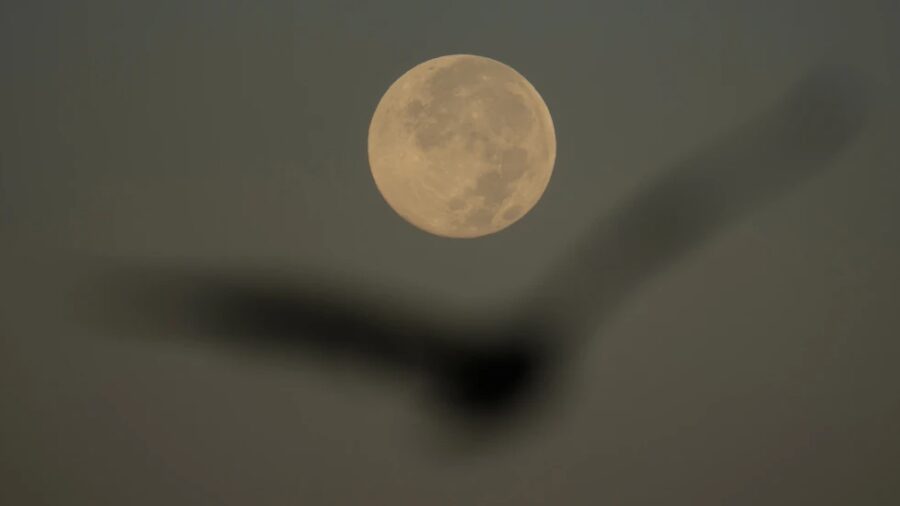NEW YORK — Night sky watchers across the United States will get a striking celestial treat on Wednesday, as the closest supermoon of the year rises just after sunset. The lunar display is expected to appear slightly larger and noticeably brighter than a typical full moon, thanks to the moon’s close pass around Earth.
While the moon orbits our planet, it travels in an elliptical path — not a perfect circle. At certain points, it edges closer, creating what astronomers call a “supermoon.” When this alignment syncs with the full moon phase, its visual size can increase by up to 14% and brightness by nearly 30%, according to NASA.
November’s supermoon marks the second in a trio of lunar events this year and is also the closest, approaching just under 222,000 miles (357,000 kilometers) from Earth. Though subtle to casual observers, the difference becomes more noticeable when compared to photos from regular full moons.
Higher-than-usual tides are another side effect. However, astronomer Lawrence Wasserman of Lowell Observatory notes that while tides may rise slightly, the variation will likely be minor and difficult to spot along most coastlines.
No telescope or special viewing equipment is needed. Weather permitting, the supermoon should be easily visible with the naked eye. Still, those hoping to detect its increased size might find the adjustment modest without photographic comparison.
“The difference is most obvious as a comparison between other images or observations,” said Shannon Schmoll, director of the Abrams Planetarium at Michigan State University.
This year’s final supermoon will arrive in December, offering one more chance for sky enthusiasts to catch the lunar spectacle before 2026.
If you’d like to share photos of tonight’s supermoon or have a story idea for our newsroom, we’d love to hear from you.

